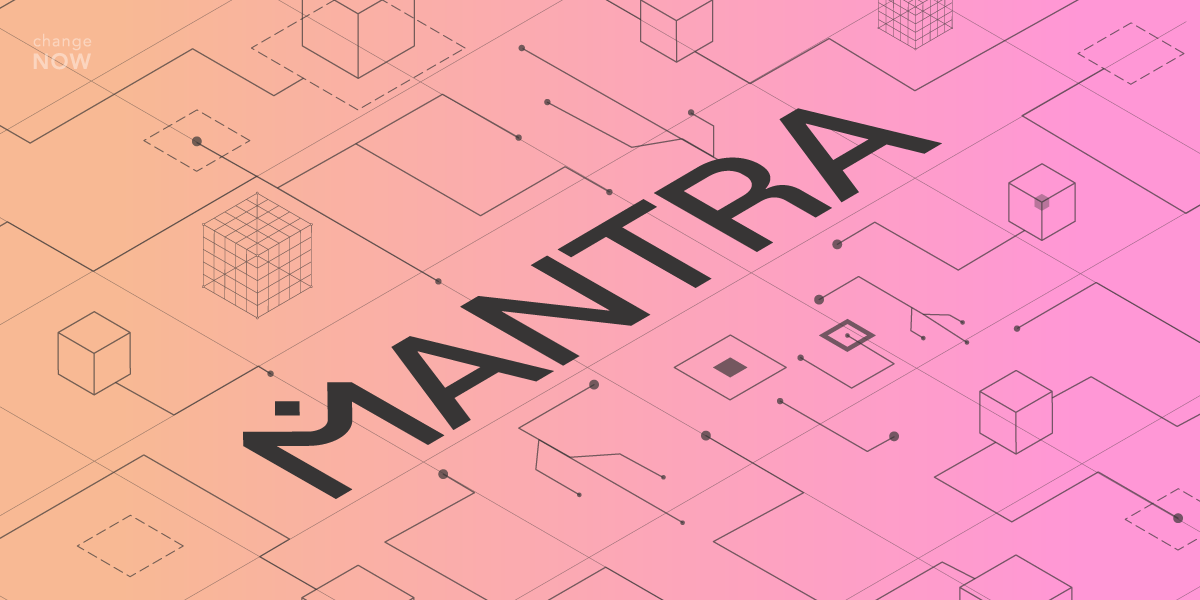The US Federal Reserve is starting paring back its $9 trillion balance sheet that ballooned in recent years in a move called quantitative tightening (QT). What will happen to the crypto markets when quantitative tightening takes full effect, and the Federal Reserve stops the money printer?
Whether QT, starting on June 1, will put an end to a decade of unprecedented growth across crypto markets? Analysts from a crypto exchange and financial investment firm have conflicting opinions about it.
Simply put, QT can be considered the opposite of quantitative easing (QE), or money printing, which the Fed has been engaged in since the start of the COVID-19 pandemic in 2020, said Brian Newar of Cointelegraph. Under QE conditions, more money is created and distributed while the Fed adds bonds and other treasury instruments to its balance sheet.
The Fed plans on shrinking its balance sheet by $47.5 billion per month for the next 3 months. In September 2022, it plans on a $95 billion reduction, aiming to see its balance sheet less by $7.6 trillion by the end of 2023.
As per Pav Hundal, manager at the Australian crypto exchange Swyftx, that QT could have a negative impact on markets.
“It’s very possible that you might just see growth in market cap trimmed slightly,” he told Cointelegraph. “The Fed is culling assets harder and faster than a lot of analysts had expected, and it’s difficult to imagine that this won’t have some kind of impact on investor sentiment across markets.”
Since March 2020, the impact of QE on the crypto market was dramatic. According to data from CoinGecko, the crypto market cap languished through 2019 and early 2020, but a vibrant bull market began in late March 2020 as the money printer fired up. The total crypto market cap burst from $162 billion on March 23, 2020, to a peak of just over $3 trillion in November 2021.
The Fed balance sheet increased 2.1-fold from $4.17 trillion on January 1, 2020, to $8.95 trillion on June 1, 2022, which is the fastest rate of increase since the last global financial crisis in 2008.
Meanwhile, the CEO of financial advisory firm deVere Group, Nigel Green, believes market reactions to QT will be minimal because “it’s already priced in.”
As per Green, there may be a “knee-jerk reaction from the markets” because of the unexpected speed with which QT is being rolled out, but he sees it as a little more than a wobble.
“Furthermore, we expect a market bounce imminently, meaning investors should be positioning portfolios to capitalize on this,” he added.
As labor demand remains high, wages increase among American workers, especially in the hospitality industry. Assuming wages remain high through QT, the US may emerge from the economic downturn with lower income inequality. Crypto market analyst Economiser said on Twitter that if people wind up with more cash in their pockets from their higher wages, “the crypto market could ultimately benefit” from QT.
Hundal noted that while markets are experiencing increased volatility lately, Bitcoin (BTC) could benefit as it is now demonstrating its position as a bellwether asset. He pointed out that Bitcoin dominance is currently at about 47%, up by 8% from the start of 2022.
“There are different ways to interpret this,” he added. “It does suggest that market participants are seeking to park value in Bitcoin, meaning we could see weakness continue to trend across altcoin markets if current market conditions continue to play out.”



